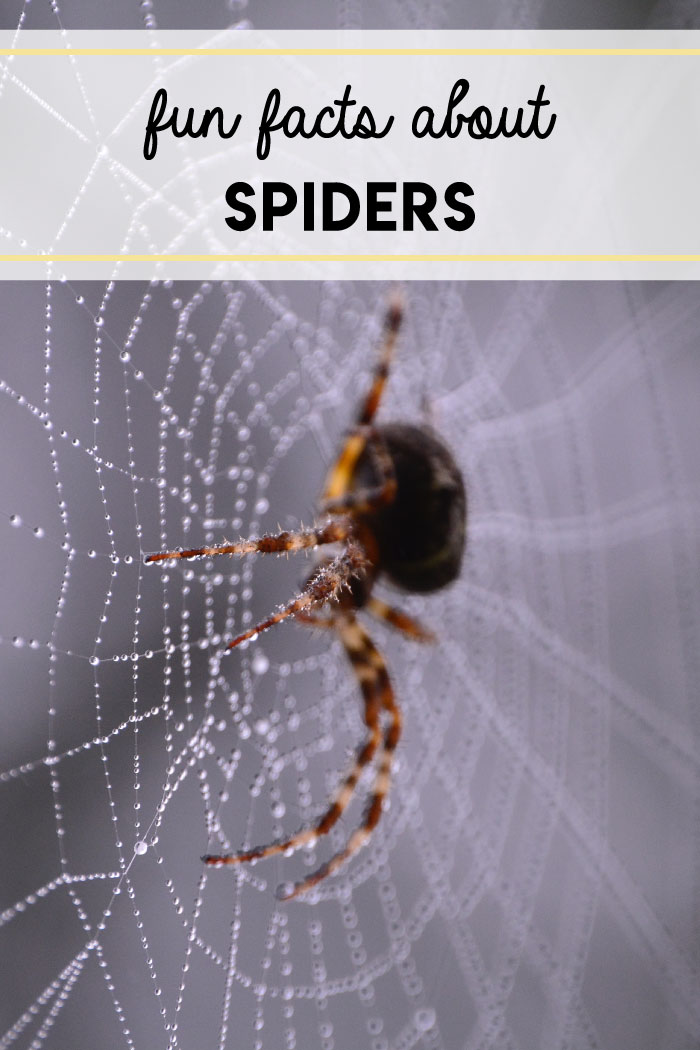Fun Facts About Spiders
Chances are, spiders do not rank high among your child’s favorite wildlife (if they do, good for you!). But there's more to these 8-legged creatures than people think. Use October—the one time of year when creepy crawlies of the plastic or inflatable sort are revered—as a chance to teach your kids that Spidey isn’t so scary after all!
Here are some fun facts about spiders (dinnertime trivia, anyone?), as well as four common spiders you'll find in Massachusetts:
Spider Facts
All spiders have 8 legs, 2 body parts, and multiple eyes (up to 8!)
The silk that they use to spin their webs have more tensile strength than steel.
Only a very small number of species can or will bite humans—and usually only when provoked. Most can't even pierce human skin with their mandibles (basically their jaw). Most bites that people attribute to spiders are probably from fleas or other insects.
Spiders in the United States that are truly “dangerous” are Black Widows (rare in Massachusetts) and Brown Recluse (found in the Southern U.S.).
Spiders are actually very beneficial: they consume pests (like mosquitoes, centipedes, and flies).
The molecular force that allows the jumping spider to stick to the ceiling is so strong that these spiders could carry over 170 times their own body weight while standing on the ceiling.
Ancient Greek mythology holds that spiders get their arachnid namesake from a village girl named Arachne, who challenged the goddess Athena to a weaving contest only to be turned into a spider when her work was deemed superior.
Four Common Spiders in Massachusetts
1. Orb Weavers: Perhaps the most recognizable local spider, orb weavers meticulously make wheel-shaped webs found in gardens, field edges, and the forest. Once an insect becomes ensnared, an orb weaver, such as the common black-and-yellow garden spider, will simultaneously bite and wrap its meal in silk for preservation.
2. Jumping Spiders: These tiny and adorable critters are one of the more entertaining spiders to watch. As their name implies, they’re best known for jumping, usually outside in the sunshine. They are one of the few spiders that have good eyesight, which means they don’t have to spin webs to catch prey.
3. Funnel Weavers: These hairy, lightning-fast spiders can be a little intimidating, especially to their prey. They build webs that resemble an ice cream cone and hide inside these silken tubes before darting out to capture unsuspecting prey.
4. Common House Spiders: If you have cobwebs in your house, then you have common house spiders. But don’t fret: these spiders are super beneficial. They trap and eat flies, mosquitoes, and other bugs lurking around.
Learn more about spiders and other creepy crawly critters at Mass Audubon wildlife sanctuaries around the state!
Fun facts about spiders

